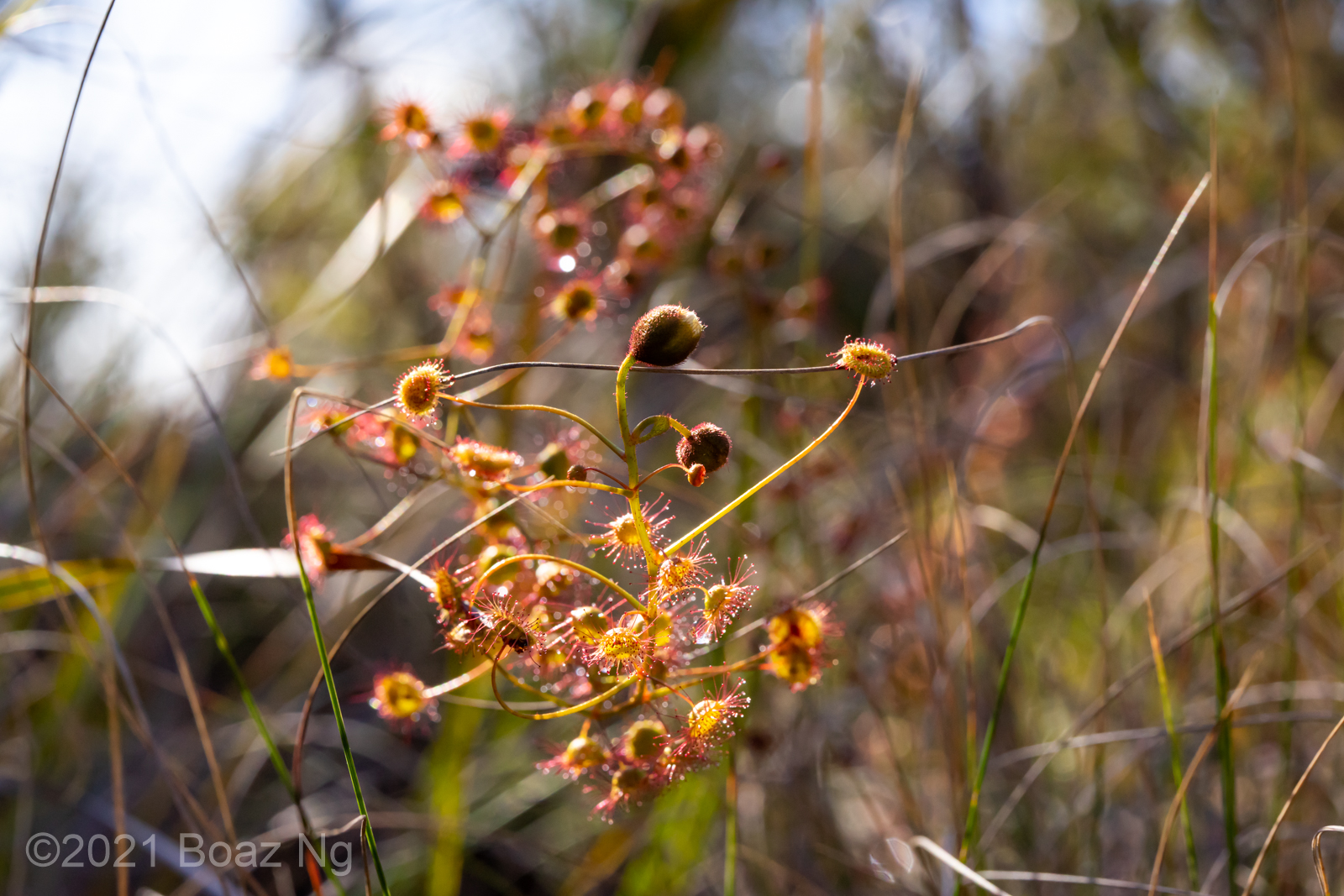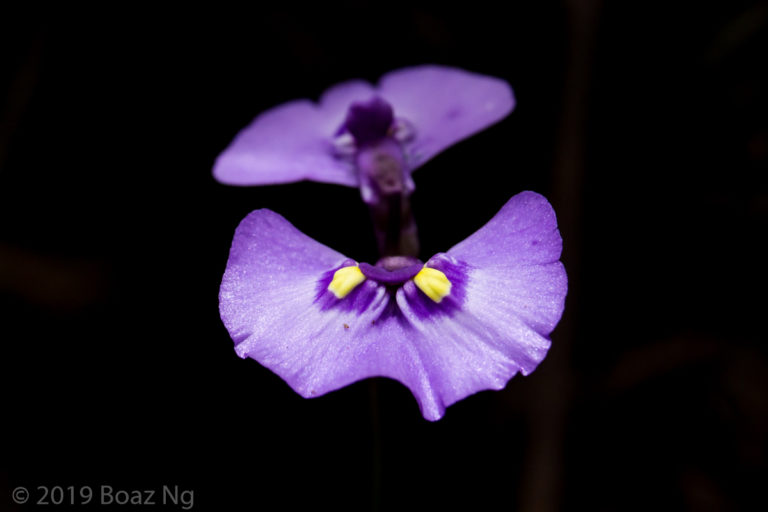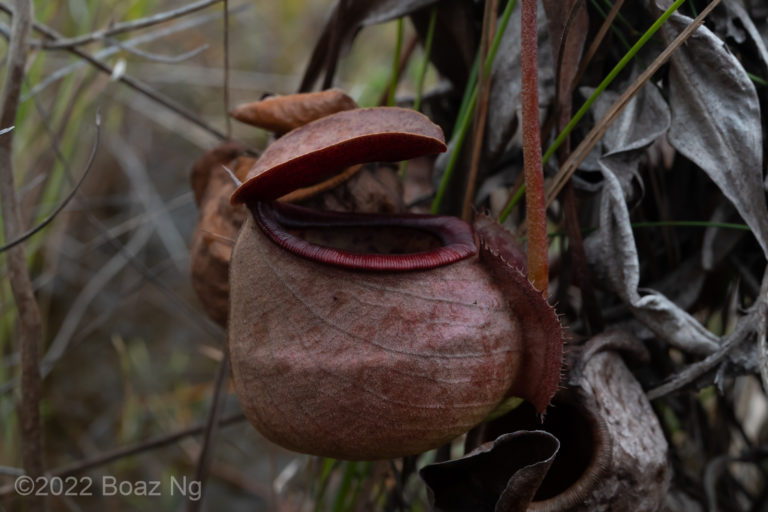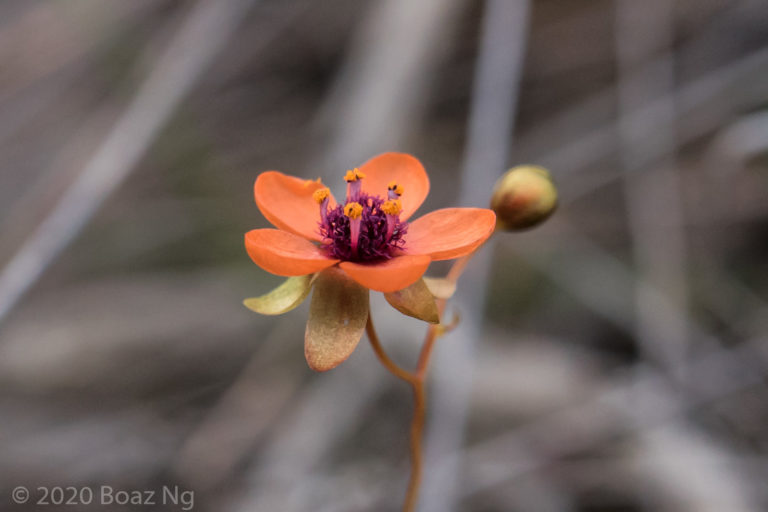It might surprise you to know that I’ve never actually shot with a typical macro lens. Over the years I’ve gotten by with extension tubes on kit lenses, which is a bit fiddly in the field. After investing in the Laowa 15mm f/4 Macro, I really noticed that the photo quality of my jig was not up to par and decided to finally take the plunge.
I decided on the Sigma 70mm f/2.8 Art DG Macro, given its very good reviews and relatively affordable price. My first impression was that it was a nice size and weight – important considerations for shooting in the field. My second impression was how stupid the autofocus was, given that it takes like 2 seconds to focus from 1:1 macro mode to infinity and the lens hunts around like crazy – although this is well noted in the reviews so I can’t say I wasn’t warned. You get used to though and it seems to focus okay from 0.5 m to infinity, just don’t rely on it for macros (most people wouldn’t anyway).
Now for the field test. 70mm is perfect for my shooting style. I like shooting handheld and am adverse to supplementary lighting so telephotos don’t really work for me as I don’t usually use tripods to stabilise the camera. A comparatively short focal length and high ISO capacity of the Sony A7 means that shots of moderately close to distant subjects are a breeze with this lens.
At 1:1 macro proportions, it becomes quite hard to shoot freehand as any movements are amplified but it’s still achievable on sunny days. Luckily the optics are amazing and this is by far the sharpest lens I’ve ever owned. This conveniently allows you to severely crop your images without anyone ever knowing. The minimum focusing distance is about 6 cm away from the end of the lens which might be a bit annoying for the bug shooters but plants don’t fly away so I’m not fussed about it.
Overall I’m extremely satisfied with the lens – it’s proven versatile for a range of compositions both up close and further away, and the image quality speaks for itself.
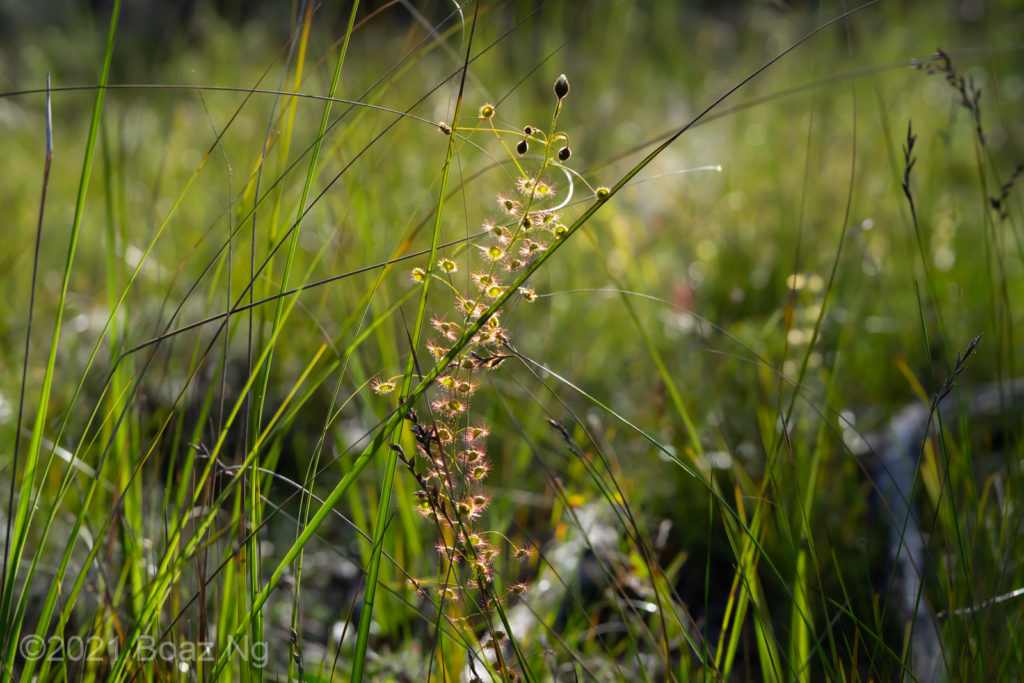
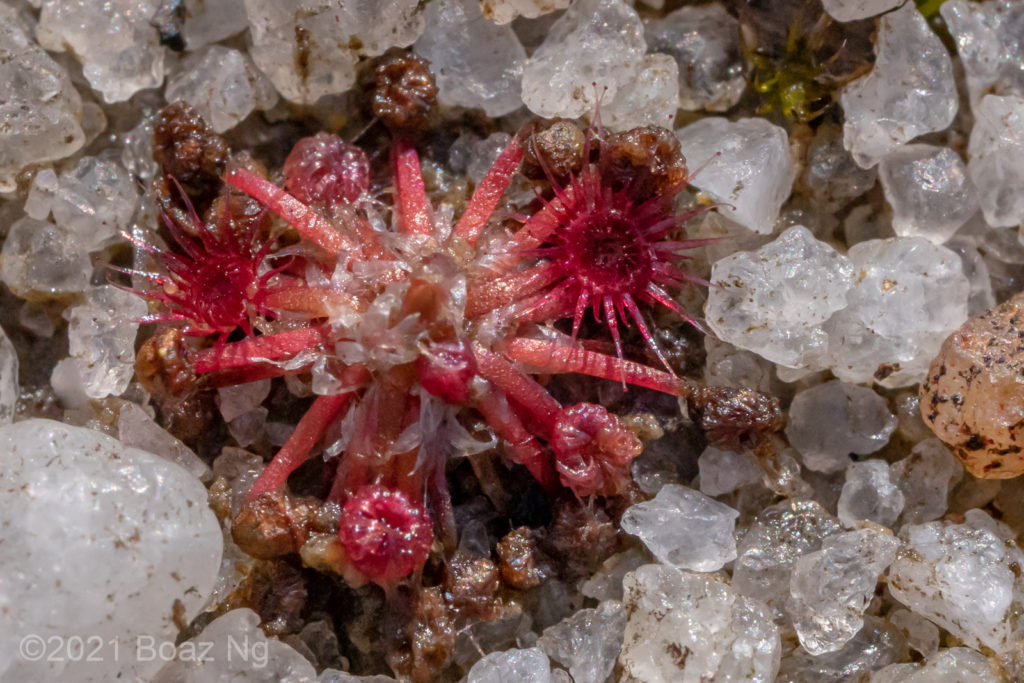
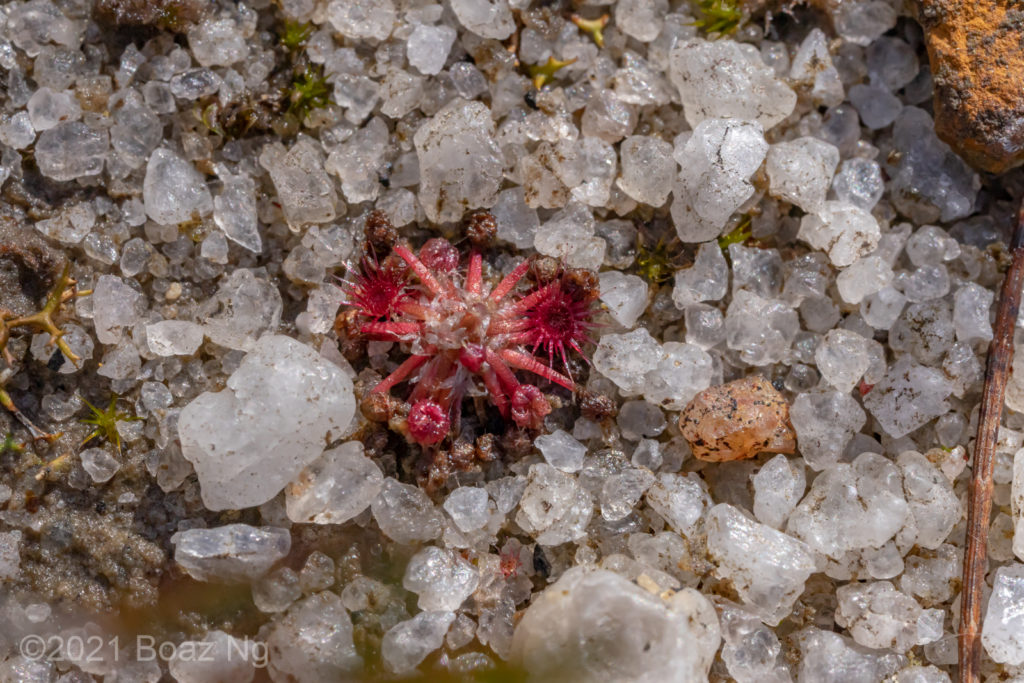
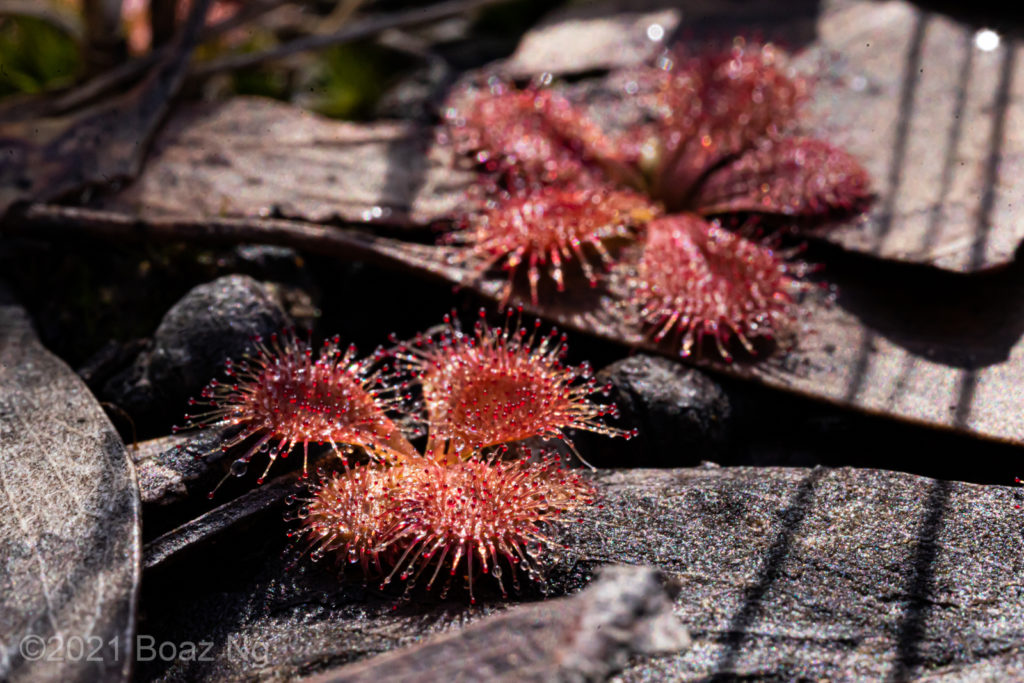
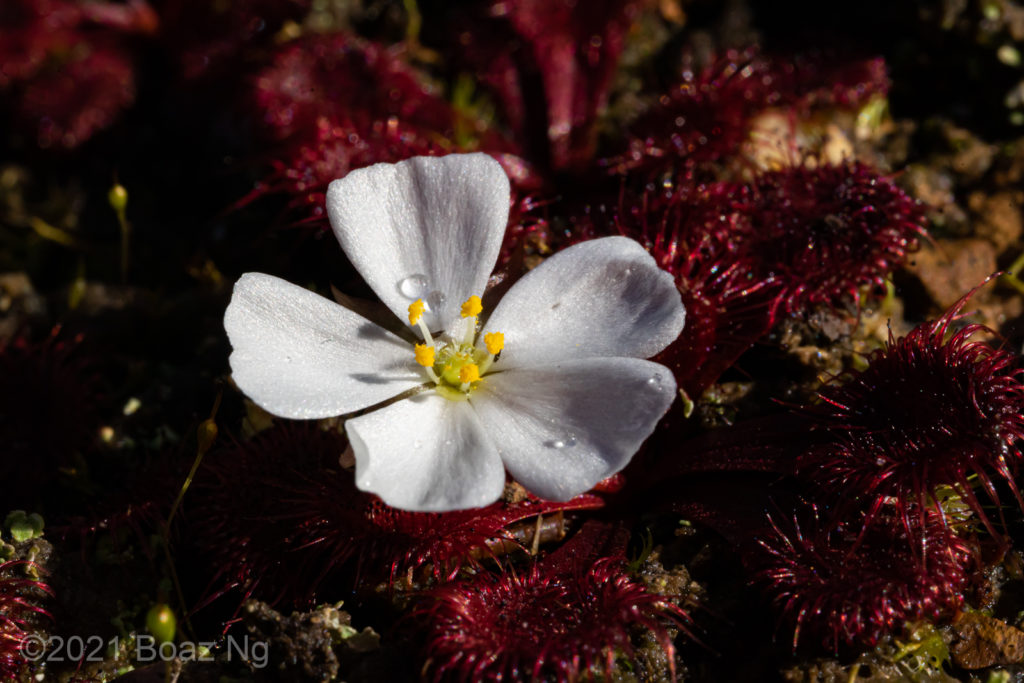
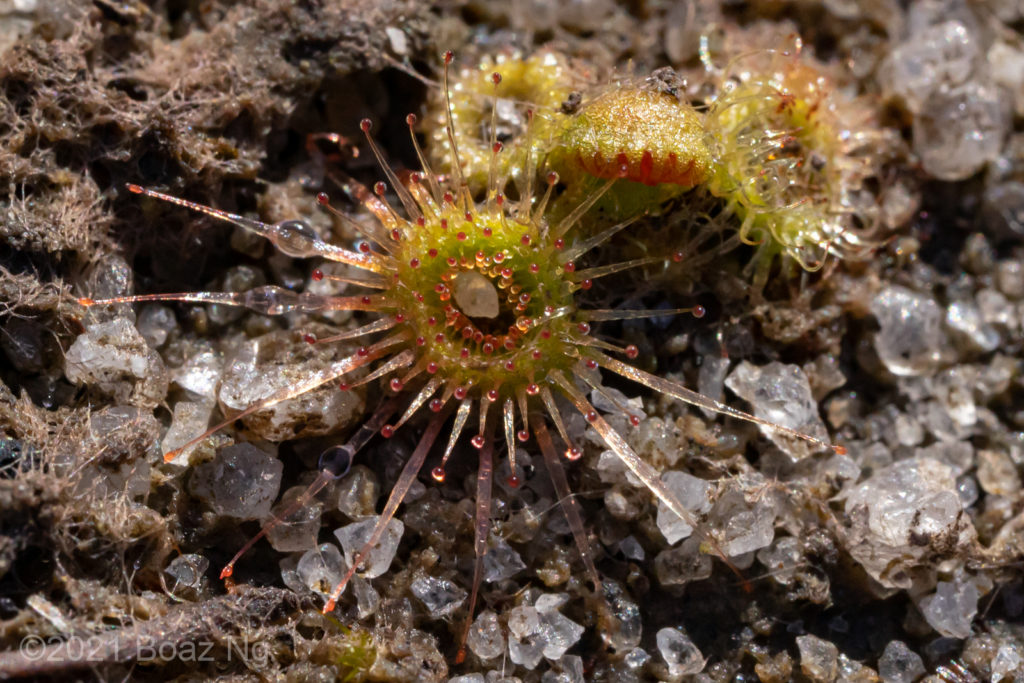
Ok I know that this is less than a technical review but give me a break, I’ve been shooting with extension tubes and kit lenses this whole time so you did you really expect a professional review 😉

